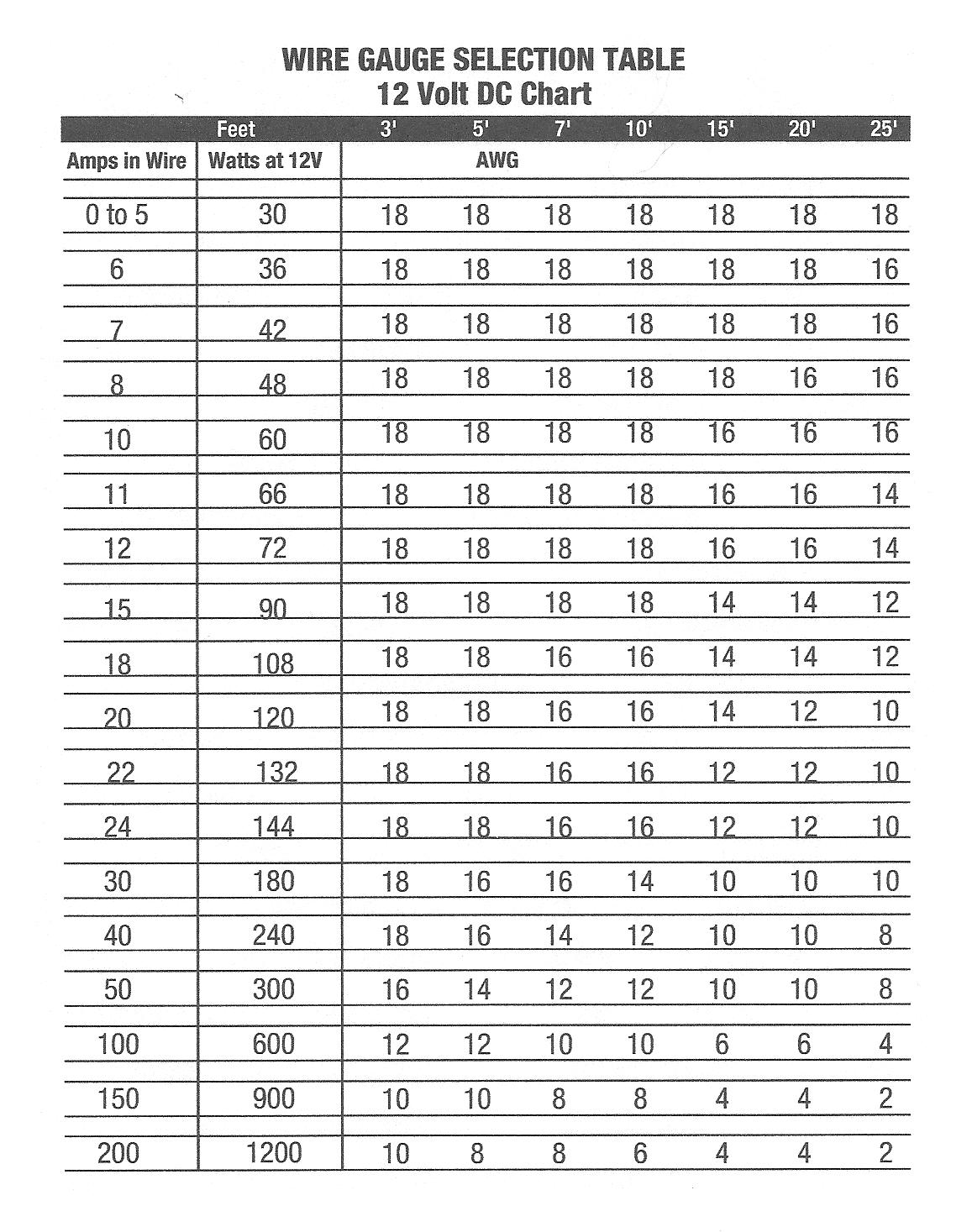Home › Forum › Ask A Member › Battery cable gauge
- This topic has 22 replies, 14 voices, and was last updated 8 years, 2 months ago by
 dave-bernard.
dave-bernard.
-
AuthorPosts
-
February 7, 2017 at 12:11 am #6290
Hi guys,
Getting things sorted out on the little wood racer I’m building and I’m getting into the wiring. I have a small battery, 12 volt 300CCA and I need 11′ of cable to get from battery to the Estart on the FD25. I know there is a formula used to convert AMPS X feet X voltage needs at the starter X E=M/C2 or some sort of Albert Einstein math involved here. What cable gauge will carry the AMPS that distance, meet the starter needs and not over heat and burn my wood boat to the water line?Thank you,
JeffFebruary 7, 2017 at 1:21 am #52553I like to use 4 gauge when I can. 6 gauge will work though.
February 7, 2017 at 1:35 am #52555Math and formulas aside, I agree with Chris. There is no such thing as too big, except for expense. On the other hand your FD is easy to crank, so the electrical load is fairly low. If you do want to go the math route, remember you have to include both cables in figuring the length vs voltage drop. So that is 22 feet of cable.
February 7, 2017 at 2:06 am #52559Jeff,
Loading a wire depends on a few items, what type of insulation is it wrapped with?, How many strands are in the cable & yes use copper stranded type cable. You are running intermittant duty with a starter so that cuts the size down a little. I wasn’t too sure so I looked it up at 6 gauge for a Chevy pick up starter. This is big enough to spin over a V-8 sized starter so I would say even a #8 wire stranded with good insulation would function. Have you checked your starter for factory current load? A starter can have a locked rotor & any wire would get hot. If the motor is tuned up & fresh brushes & bearings in the starter it should work well at number eight wire using THHN or THWN type insulation to save a little weight. This type of insulation is also gas & oil resistant as well. Welding cable functions well also, many strands & tough insulation too. Then again are accessories being loaded on the same cable too? Please include everything.
JeffFebruary 7, 2017 at 5:33 am #52566You could buy a set of booster cables and remove the clamps. Just make sure you use a heavy enough guage.
February 7, 2017 at 12:05 pm #52576Thanks Guys,
The starter is the only load on the cables. The motor and starter are both freshly rebuilt. I’ll go with the 6 gauge. My local boating supply house sells it by the foot.Jeff
February 7, 2017 at 1:37 pm #5257822 feet of cable????
A 12 volt motorcycle battery, right back in the back of the boat will do the job, and you wont need 22 feet of cable..
It is a racer so the extra 4 lbs or so in back maybe wont hurt you speed wise. Heck even a garden tractor battery would work….
Mount the battery to the transom with a nice plastic cover to protect the terminals and whallah.Just a thought
http://www.richardsoutboardtools.com
classicomctools@gmail.comFebruary 7, 2017 at 8:15 pm #52606February 7, 2017 at 11:41 pm #52618That’s perfect Mumbles, thank you for that. I printed it out and hung it on the wall in my shop.
Jeff
February 9, 2017 at 3:55 pm #52702Jeff,
The reason for the automitive type battery is for many starts. Many motors were sold without a genny so it would start the motor many times in a long weekend. The sizing can be reduced to a #8 THHN or THWN insulated wire to save weight. The THHN or THWN type wire may be a little stiff for tight bends. WELDERS cable will be the best for flex but hard to find in a #8 size. Please do not build an oversize electrical system for the little starter it turns over. Even go to a motorcycle junk yard & find a "made up" cable with ends provided all ready too. -
AuthorPosts
- You must be logged in to reply to this topic.


